I’m feeling extra grateful that I was able to attend and present at OER23 in person in Inverness, Scotland this year, and I can’t believe that the conference has already come and gone. This was my first in person event since OER19, and I had forgotten how inspiring it can be to meet with friendly faces on the ground for 2+ days and be challenged about the work that we encounter daily. I found that this trip for me was made up of so many special little moments, so rather than attempt to share one big Lesson, I’d rather just share the mini moments through photos and notes that I scribbled along the way.
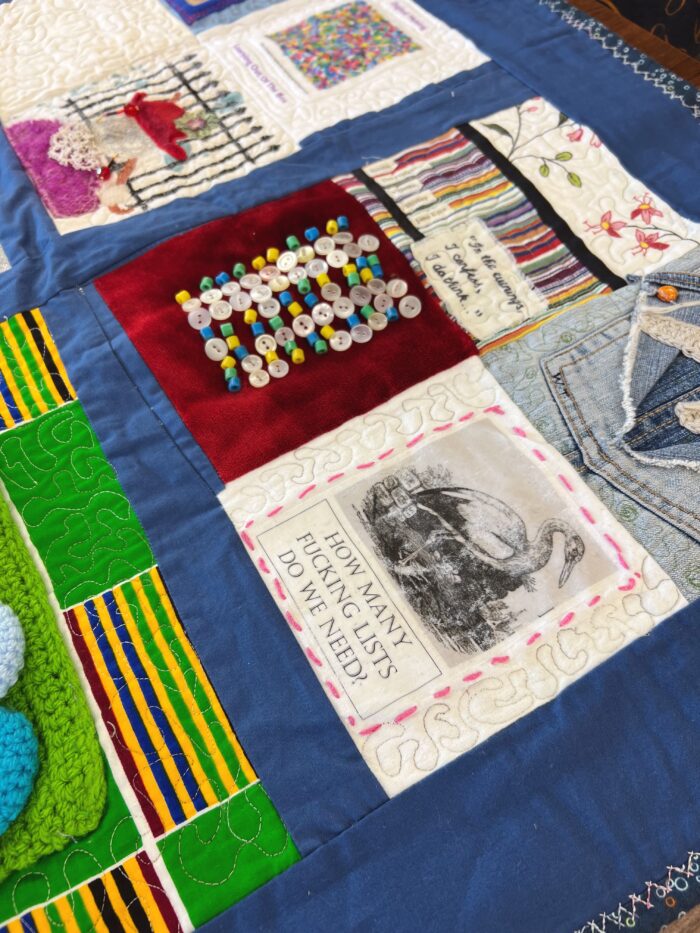
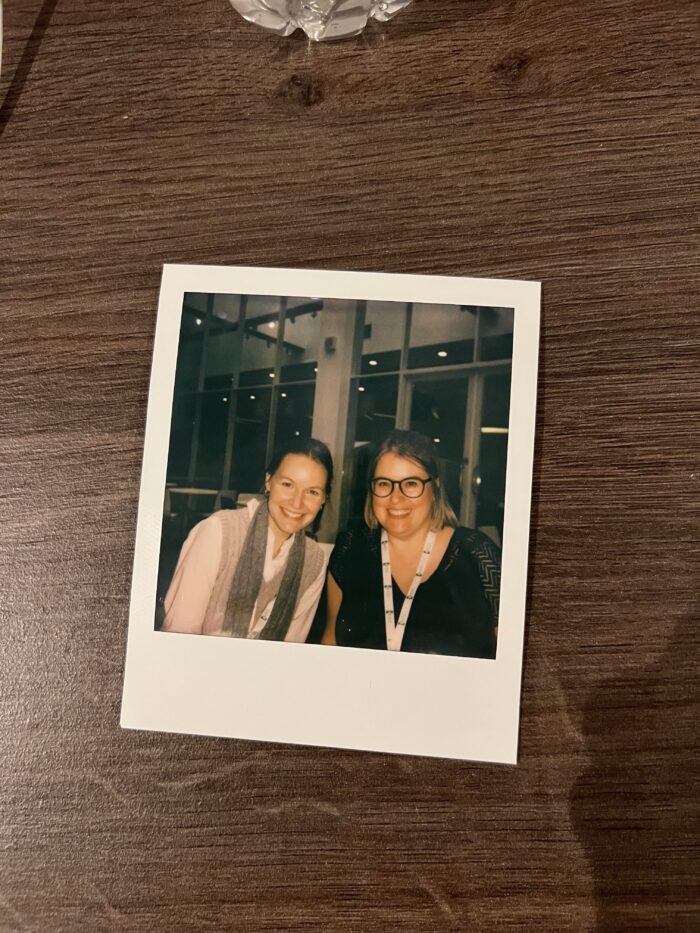
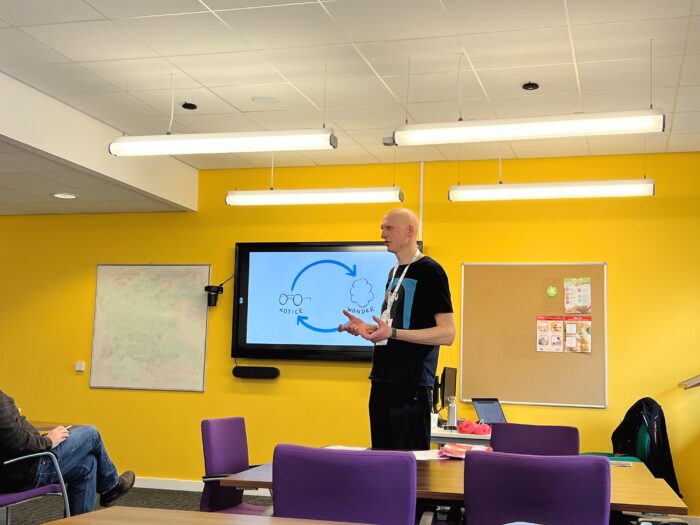
Things I overheard during Bryan’s Workshop:
- Everyone has a unique perspective.
- [in reference to brainstorming] Start in the middle and expand out instead of top to bottom.
- The more you notice, the more you wonder. The more you wonder, the more you notice.
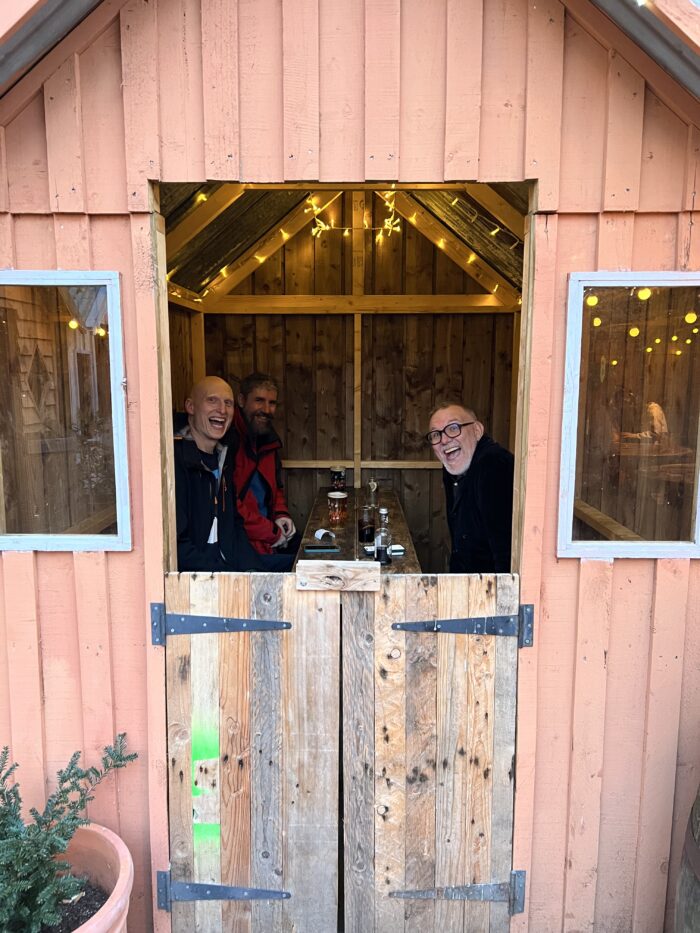
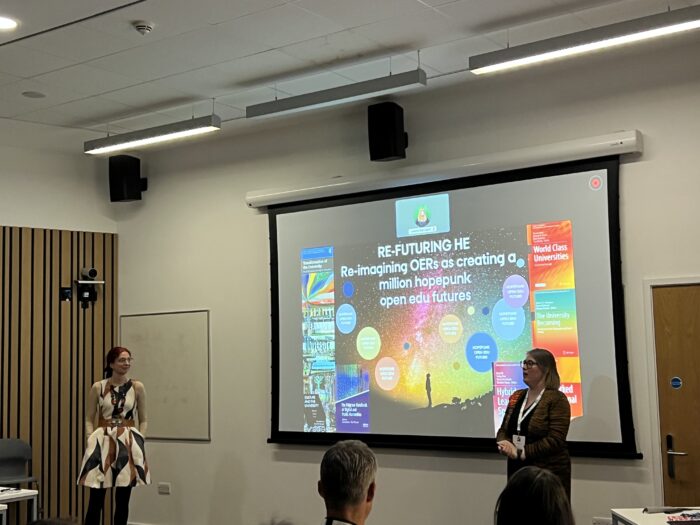
“When something is normalized it is no longer hybrid. Is it just that thing.”
OER Ecosystem – a collection from conversations & presentations at #OER23 (also referencing The Next Generation Digital Learning Environment: A Report on Research from my presentation with Jim further down):
- interoperability
- personalization
- analytics
- advising
- learning assessment
- collaboration
- accessibility
- universal design
- equitable access
- diverse representation in learning materials
- cost savings
- sustainability
- best practices awareness

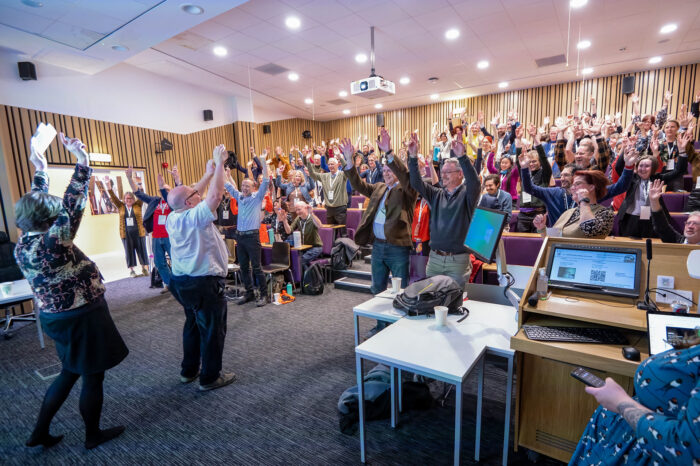
What has still stuck with me during the GASTA presentations:
- We are alone, together. This is how we go beyond.
- Joy is affirmative personal ethics. Joy is built into everything from the start.
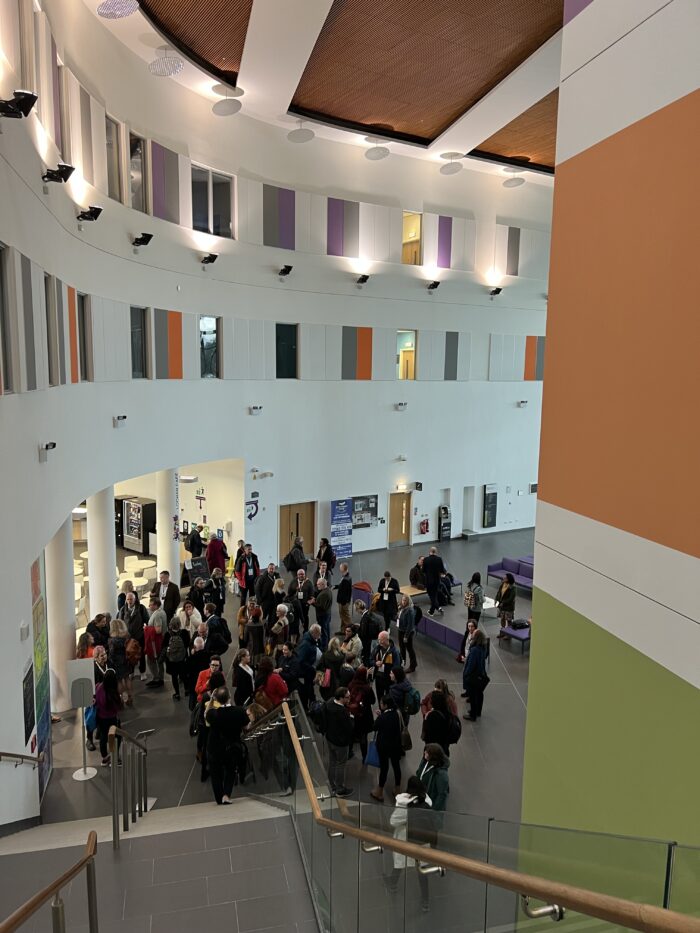
Throwing paper airplanes during Dave Cormier‘s keynote, Learning in a time of abundance. (image credit: Tim Winterburn)
How do we find the right answers in a time of abundance?
- Demonstrate our humility. This is the starting place.
- Model the way we trust.
- Show how we choose with our values
“Twitter is just brands talking to brands.”
After Jim’s presentation on Web 2.0 vs Web3, Anne-Marie Scott commented that Web3 exposes the responsibilities of community building online– it’s no longer just hanging out.
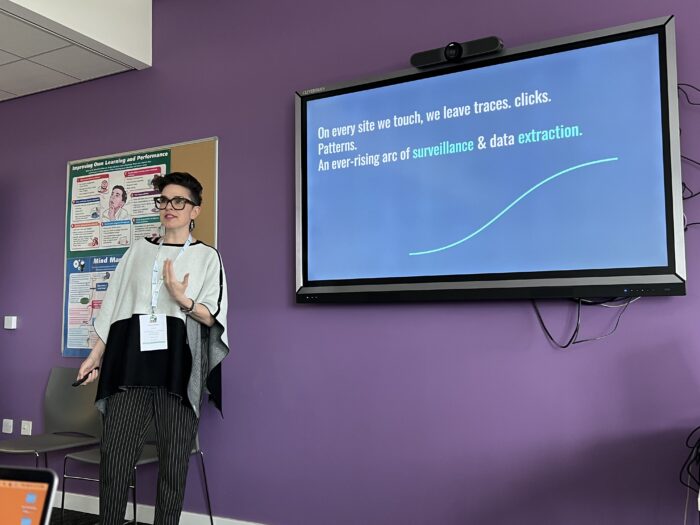
I’ll end this post to say that Jim and I were able to present on Reclaim’s version of the NGDLE, or cloud-based ecosystem of diverse, open source applications. This presentation was exciting for many reasons: it allowed us to think back to Reclaim’s first approach to offering a set of tools outside of the LMS (Domain of One’s Own), and now how we’re building on that with the possibilities of open source applications outside of the LAMP stack (Reclaim Cloud). We got to lean on some of Bryan Mathers’ original sketches to help explain the complexities of container-based web hosting through shipping containers, which still works as a perfect metaphor and visual. Finally, I really enjoyed the discussion on how Reclaim can be a home base for both individual/sandbox projects as well as enterprise level, mission critical multi-region setups.
While I have presented at other hybrid/virtual conferences and a handful of workshops and flex courses recently, it was nice to find a rhythm for talking to folks in person again– reading the room and feeding off the energy in the space. I’m even more stoked now for other events in the coming months like Reclaim Open and WPCampus 2023, as well as finding new and creative ways to talk about what’s cookin’ at Reclaim.

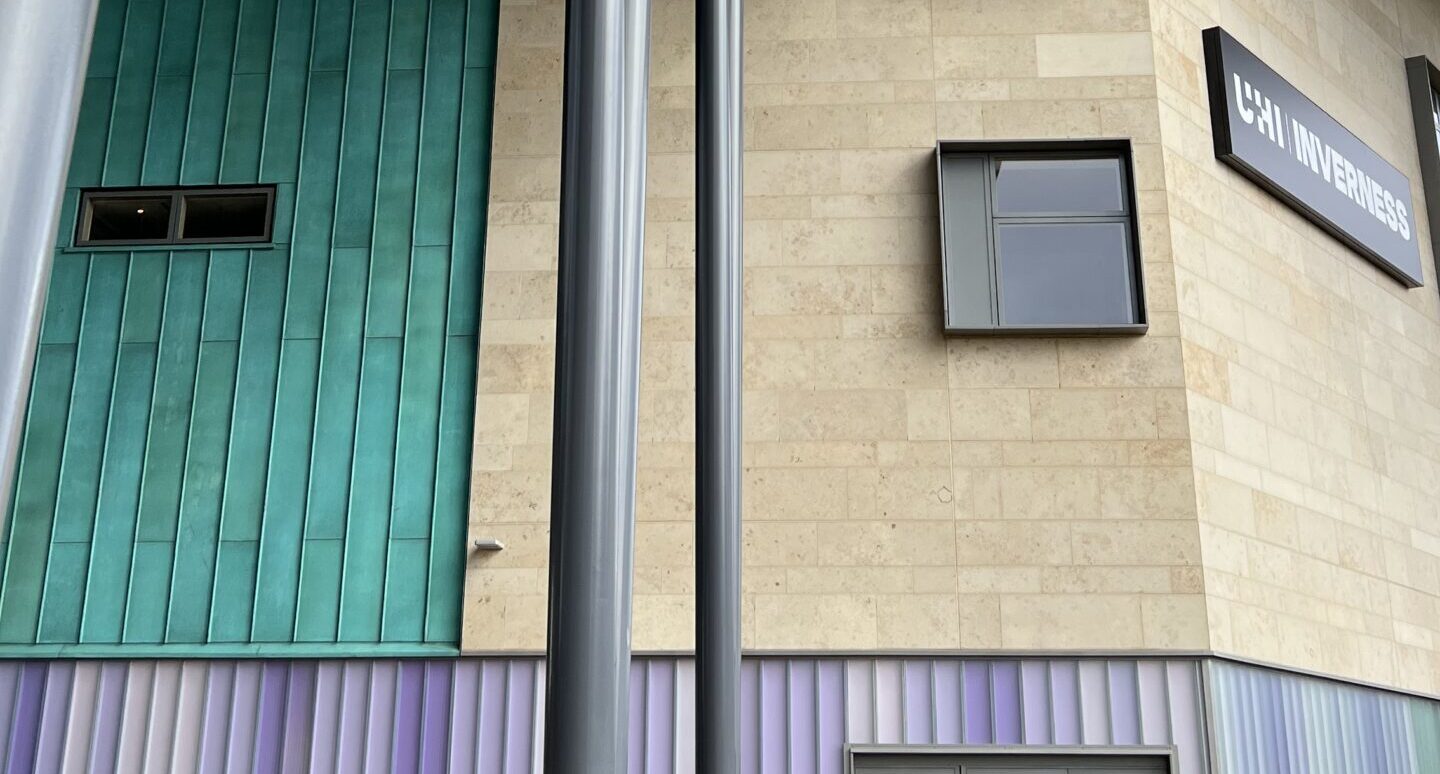
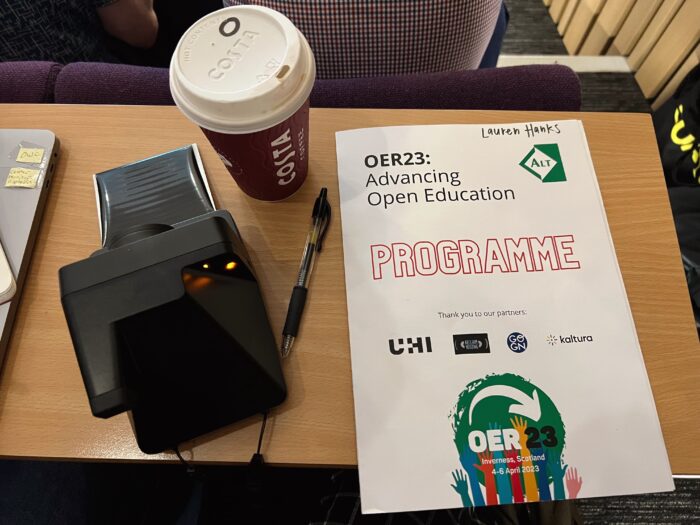
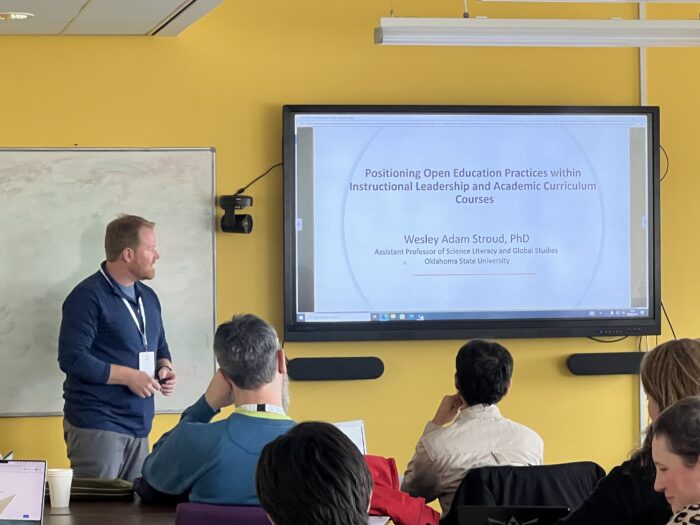
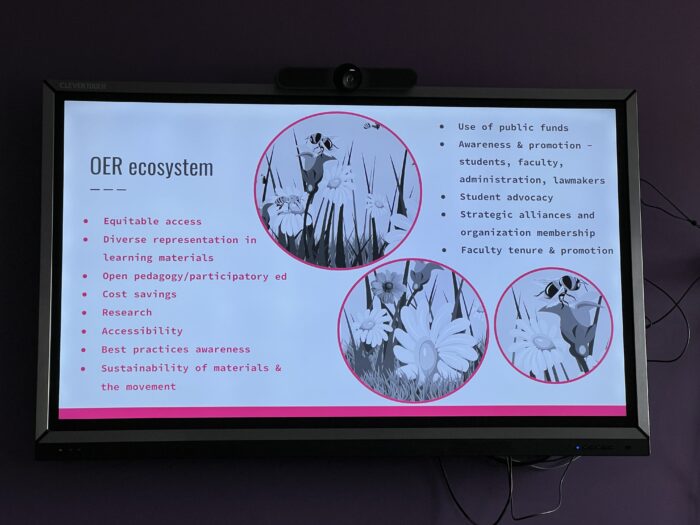
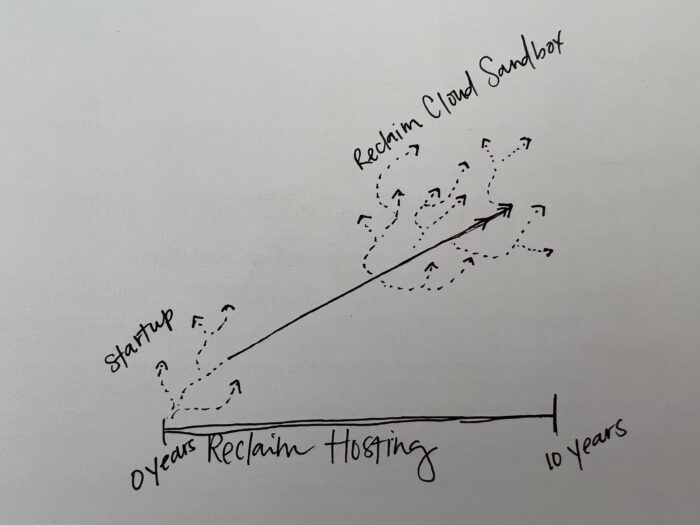
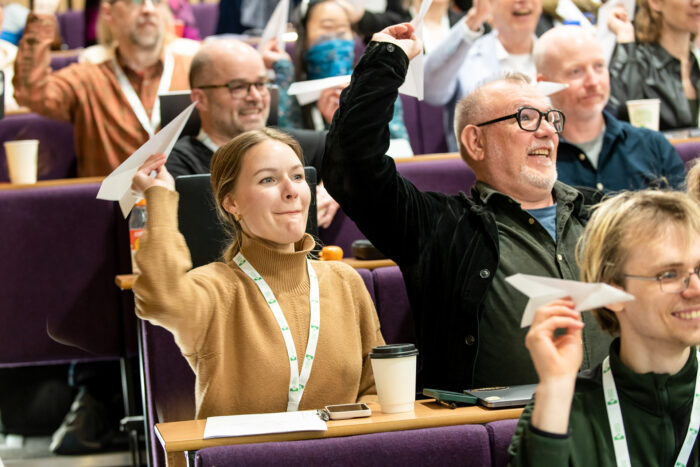
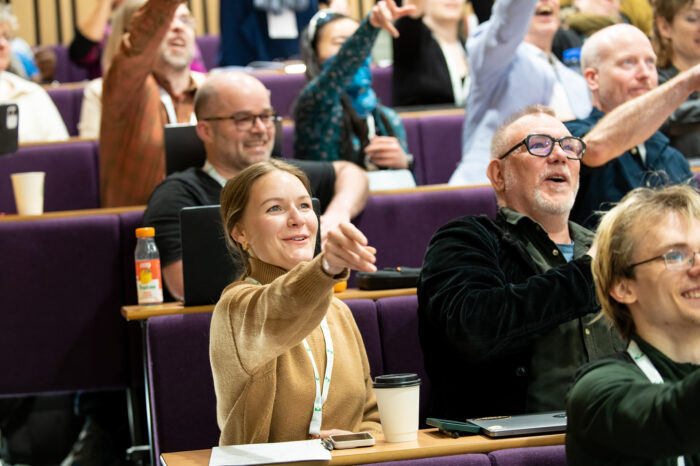

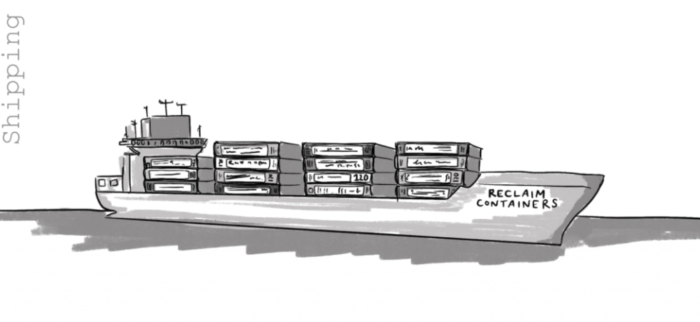
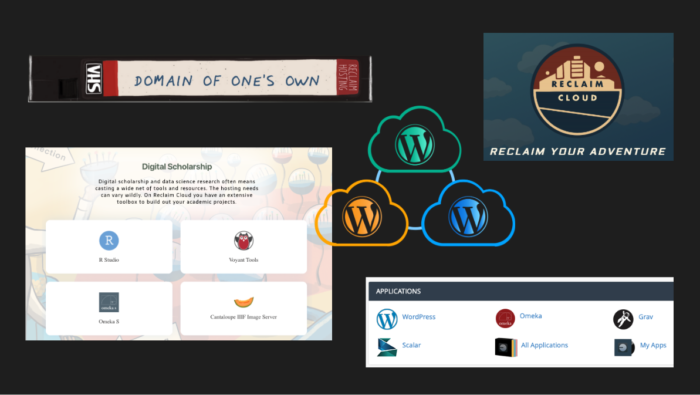
This is a pretty epic recap, and I really like the way you did it as a kind of annotated version of what you saw and experienced while at OER23. I feel like there is 10x more I missed than saw, and that is always a good sign, FOMO in person is much better than FOMO online :)
You also elided the fact that you were were on of the first voices everyone at the conference got to hear, and your two minute spiel about Reclaim was very much in the spirit of the whole event. It was really wonderful, and you capture it quite well here.
Thanks for reinforcing my FOMO was IMO (I Missed Out :) Lovely write up .. next time!
Pingback: A Magical Day at OER23, Part 2 | bavatuesdays